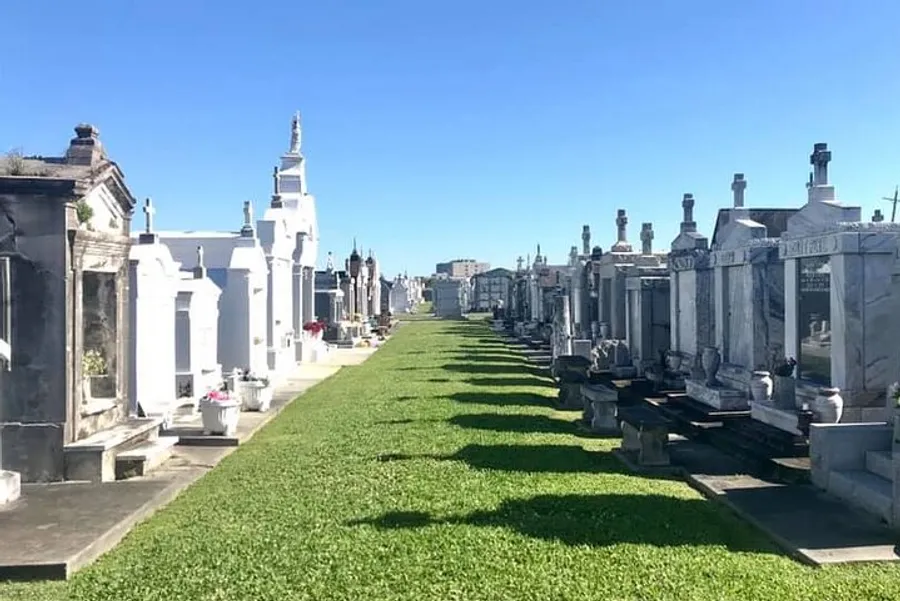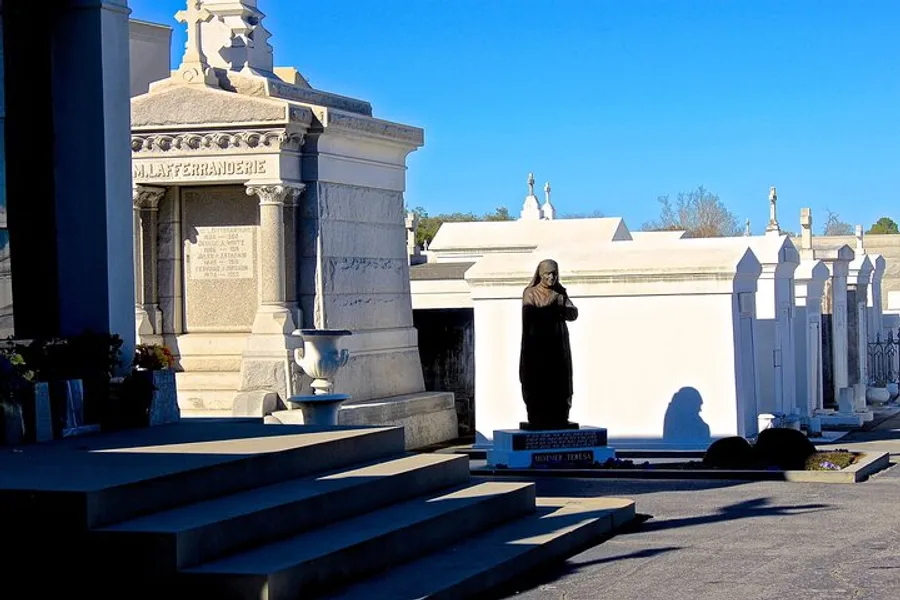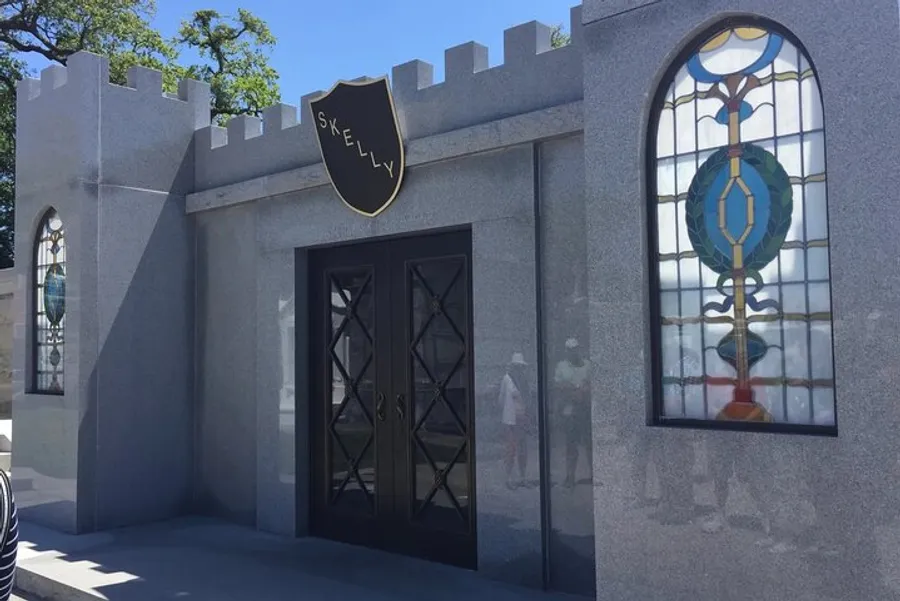
John, also known as the Old Spanish Fort, lies tucked away within the vibrant city of New Orleans, Louisiana. Steeped in history and architectural allure, this centuries-old fort is a hidden gem that offers a unique glimpse into the city's rich colonial past. Located on Bayou St. John, nestled into a picturesque landscape of ancient oaks, the fort is best known for its rich history, captivating Old World charm, and tranquil surroundings amidst the city's bustling life.
Fort St. John was originally built in 1704, making it one of the oldest structures in Louisiana. The fort, which was built on Native American trade routes with Spanish architectural influences, was intended to protect New Orleans from invasions. Updated and strengthened by the Spanish, it proved instrumental in successfully defending the area from the British during the 18th-century conquests. Though portions of the fort were demolished in the 19th century, its foundations and symbolic spirit stand firm, inviting visitors to take a stroll through its remarkable history.
One of the main highlights of Fort St. John is the enthralling history embedded within its walls. Visitors can imagine how the structure once arose gallantly from the landscape, its silent cannons pointing out towards the bayou. Amidst the fort's lush greenery and tranquility, one can almost hear the echoes of military drills, envision soldiers keeping vigil for incoming enemy ships, or picture Native American tribes utilizing the Bayou for trade. Besides its historical significance, Fort St. John is the progenitor of the city's famous and annual Midsummer's Eve celebration, known as the St. John's Eve. Today, the fort's surrounding park area is a haven for residents and tourists alike, serving as a serene picnic spot, a jogging trail, and a venue for bird watching.
Another significant draw of the fort is the adjoining Pitot House, a Creole colonial style building which now serves as a House museum, showcasing the early 19th-century Creole lifestyle. Not only does it highlight the architectural grandeur of the period, but also it proffers a vivid narrative of local culture, maritime history, and political past.
In a city bursting with music, celebration, and vibrant life, Fort St. John offers a serene refuge filled with historical nuggets. Its past stories echo amidst the moss-draped oaks and within the cool, brick walls. For history enthusiasts, nature lovers, bird watchers, or those simply looking to escape the bustling city life, Fort St. John has something for everyone. It's a humble, poignant testament to a New Orleans long past, waiting to share its stories.




